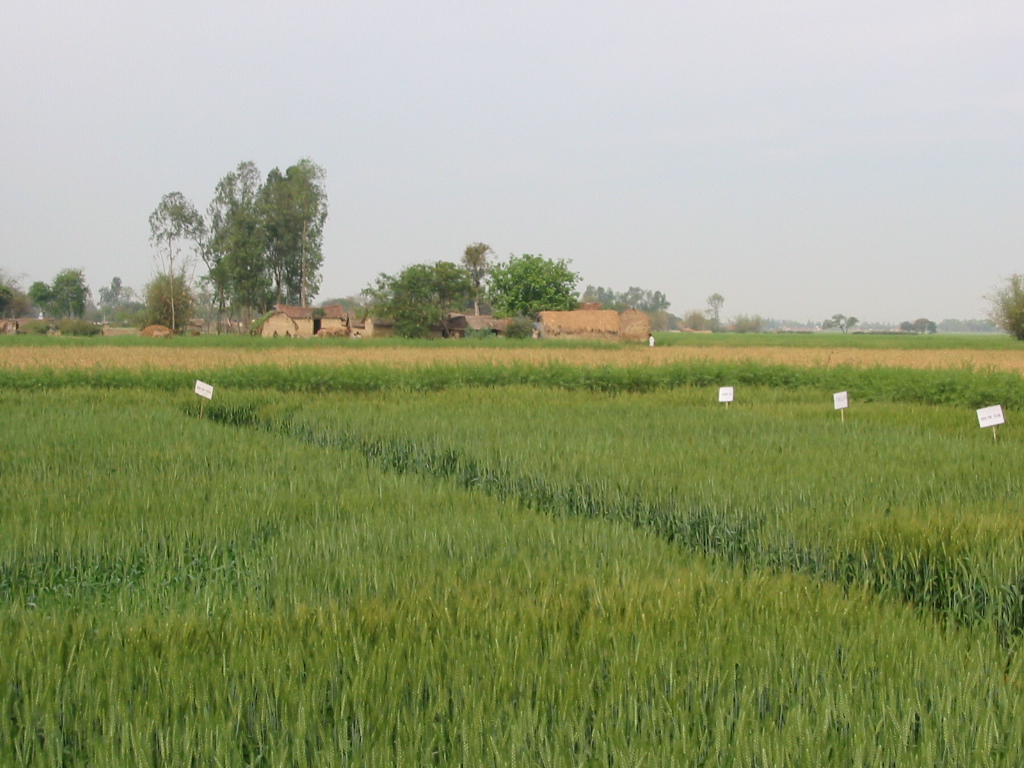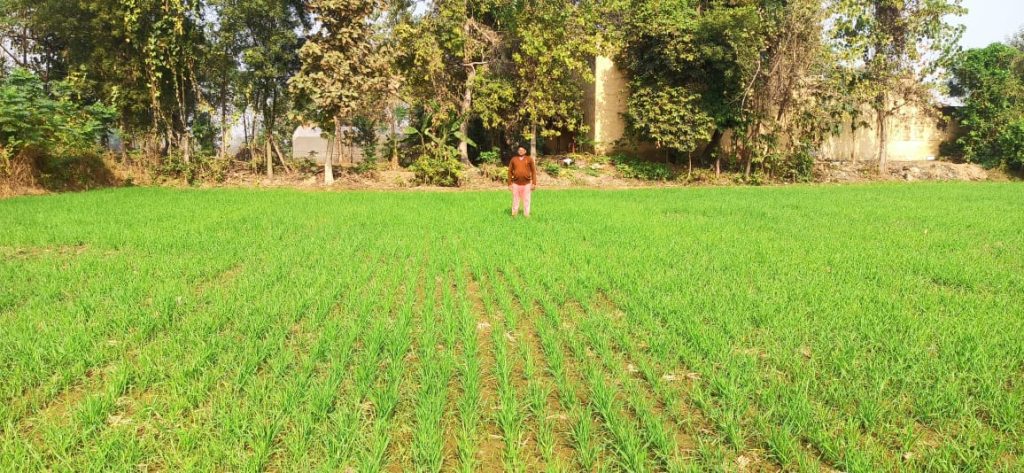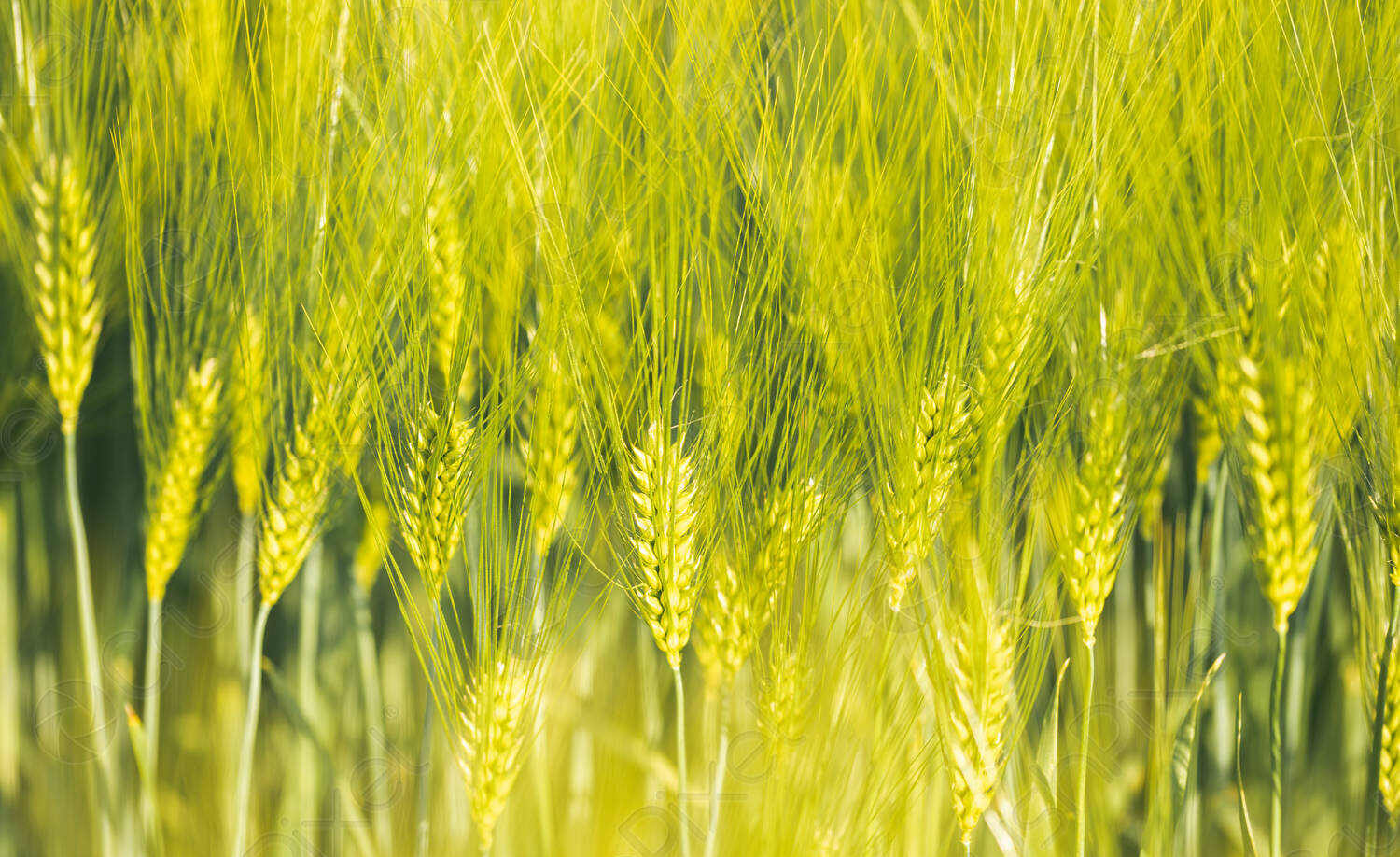ICAR scientists develop new climate-smart cultivars that may sown early and avoid the effects of March temperature increases.
The Union Agricultural Ministry declared on Monday that it has formed a committee to examine the situation caused by the rise in temperatures and its influence, if any, on the present wheat harvest.
This comes as grain inflation reached a new high of 16.12% year on year in January, fueled mostly by wheat and atta (flour), whose consumer prices increased by 25.05% year on year. Wheat inventories in government godowns have exacerbated the situation: at 154.44 lakh tonnes on February 1, they were the lowest in six years for the same date.
A major source of uncertainty. Though, is the wheat that is currently growing in farmers’ fields and will not harvested until April. Last year, a rise in March temperatures scorched the crop just as it was collecting starch and proteins, resulting in a major decline in yield as well as government purchases.
There are worries of a repetition this time, with maximum and lowest temperatures in several wheat-growing areas already 3-5 degrees Celsius above average. Whether or whether March 2022 occurs again, climate change – notably, the propensity for early summer with little spring break – has left India’s wheat crop vulnerable to terminal heat stress during the last grain formation and filling stages.
Is there an escape route? One “beat-the-heat” approach proposed by Indian Council of Agricultural Research (ICAR) experts is to increase the time of planting.

Wheat is a 140-145 day crop that normally planted in November. Before the middle of the month in Punjab, Haryana, Rajasthan, and Madhya Pradesh (after rice, cotton, and soyabean harvesting) and the second half and beyond in Uttar Pradesh and Bihar (after sugarcane and paddy). If seeding can pre-planned and begun as early as October 20. The crop is not subject to terminal heat, and much of the grain-filling is accomplish by the third week of March. It may then picked comfortably at the end of the month.
Yet, the answer easier said than done. Because wheat grown before early November is similarly prone to premature blooming.
“The crop seeded in the first half of November normally takes 80-95 days to come to heading (i.e. for the ‘baali’. Or earheads bearing the flowers and eventually grain, to fully emerge from the wheat tillers). But if you sow in October, heading is cut short by 10-20 days and occurs in 70-75 days. This affects yields, as the crop does not get enough time for vegetative growth (of roots, stems and leaves).” Explained Rajbir Yadav, principal scientist and wheat breeder at the ICAR’s New Delhi-based Indian Agricultural Research Institute (IARI).
To address the issue, IARI scientists have developed wheat cultivars with a “mild vernalisation need.” Or the necessity for a particular minimum length of low winter temperatures for flowering to begin. In this scenario, when sowed on October 20-25, the crop will be ready to harvest in 100-110 days. Adding further 4-5 days for pollination results in a large window for grain production and filling beginning in mid-February.
During the 30-40 days when the kernels develop. It absorb nutrients from the stems and leaves, and mature after hardening and drying. Maximum temperatures should preferably be in the early-thirty degree range. The IARI cultivars that seeded early have a longer window for grain development. As well as vegetative stage growth between germination and blooming. “By not heading early despite early seeding, the new types acquire greater biomass as well as grain weight,” Yadav explained. They can also withstand the heat.
The IARI scientists created three cultivars, each of which has genes responsible for the modest vernalisation need. Which prevents premature blooming and early heading.

HDCSW-18 was the first to issued and formally notified in 2016. Although having a potential wheat yield of more than 7 tonnes per hectare. As opposed to 6-6.5 tonnes for current popular varieties such as HD-2967. And HD-3086, its plants grew to 105-110 cm in height. Being taller than conventional high-yielding kinds (90-95 cm) rendered them prone to lodging. Or bending over when their earheads were load with well-filled grains.

